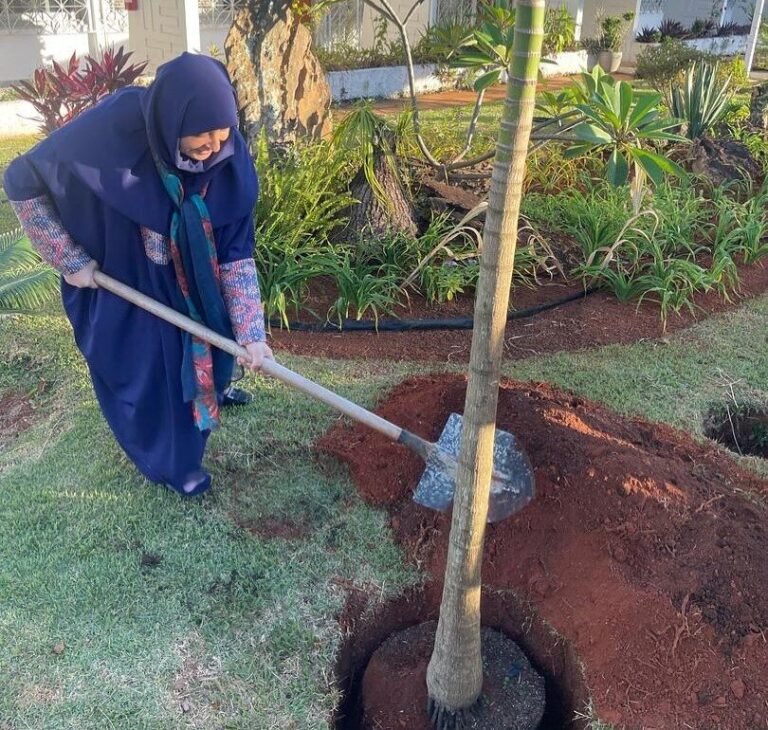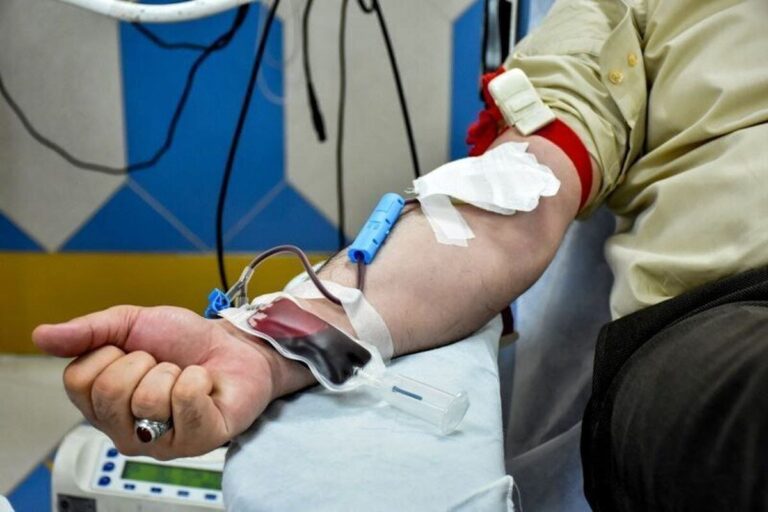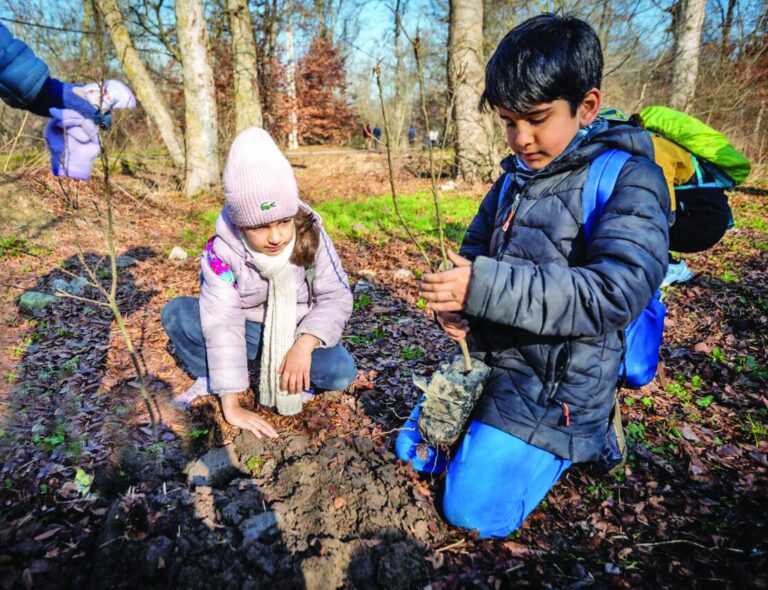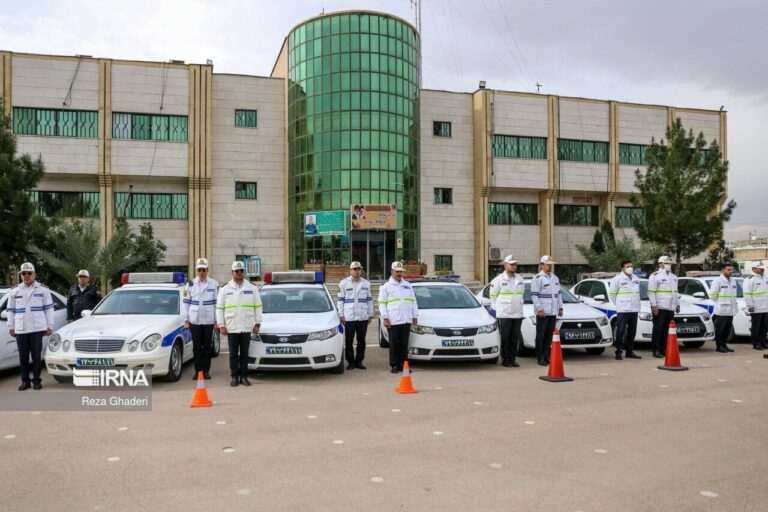Empowering Youth: Health Ministry Prioritizes Young Population for Better Futures
Youth population remains a critical focus for Iran’s health ministry and the current administration, according to a recent statement from Alireza Raeisi, a representative of the health ministry. In an era where global competition increasingly depends on the productivity of human resources and knowledge, the youth demographic is seen as a vital component for fostering a brighter future for any nation. These insights were shared during the national population week observance.
Iran is currently experiencing a significant population window of opportunity, marked by a large percentage of its inhabitants being of working age. This phase is recognized as a unique chance for economic, social, and cultural development, necessitating comprehensive policies in various sectors, including:
- Health
- Employment
- Education
- Welfare
- Family Support
However, neglecting this opportunity could lead Iran to confront significant demographic challenges in the near future, such as:
- An aging population
- A shrinking workforce
- Disruptions in intergenerational balance
Raeisi elaborated on the initiatives undertaken by the health ministry to support the youth population, which include:
- Providing free educational courses for young couples
- Supporting over 300 non-governmental anti-abortion centers
- Training programs to foster a health-oriented family culture
- Implementing a digital birth registration system in hospitals
Additional measures being developed in accordance with the youth population law comprise:
- Offering free natural childbirth services to promote safe and physiological childbirth
- Extensive insurance coverage (up to 90%) for infertility treatments
- Providing free pregnancy consultations and educational programs
The national population week, observed from May 14 to 20, features the theme ‘children, life assets,’ with each day dedicated to a specific focus:
- Wednesday, May 14: Father, mother, good sense of life
- Thursday, May 15: Motherhood, elixir of youth
- Friday, May 16: Desiring a child
- Saturday, May 17: My lonely child
- Sunday, May 18: I want to stay alive
- Monday, May 19: My life in old age
- Tuesday, May 20: Child-friendly society
Transitioning into an aging society is becoming increasingly inevitable for Iran. With the fertility rate stabilized at approximately 1.6 children per woman, which is significantly lower than the replacement rate needed to sustain its aging population, the shift from a youthful to a middle-aged society is unavoidable. As noted by Mohammad-Javad Mahmoudi from the National Institute for Population Research, the first five-year national development plan (1989-1993) aimed to reduce the total fertility rate from 6.4 children in 1986 to 4 children by 2011.
These past initiatives led to a considerable transformation in demographic indicators, resulting in a dramatic drop in both population growth and fertility rates, exceeding the original objectives of that initial development plan.
Recent census data reveals that the elderly population in Iran is currently growing at a rate of 3.62 percent, which is five times faster than the total population growth rate of 1.24 percent. Projections indicate that by 2050, individuals aged 60 years and older will account for about 32 percent of the total population, effectively meaning that one-third of Iran’s population will be elderly.
At present, approximately 11.5 percent of Iran’s population consists of men and women aged over 60, with women in this age group making up 52.3 percent and men comprising 47.7 percent, as reported by Saber Jabbari from the health ministry.
The implications of these demographic shifts highlight the urgent need for Iran to adapt its policies to support both its youth and aging populations effectively, ensuring a balanced and sustainable future for the country.






